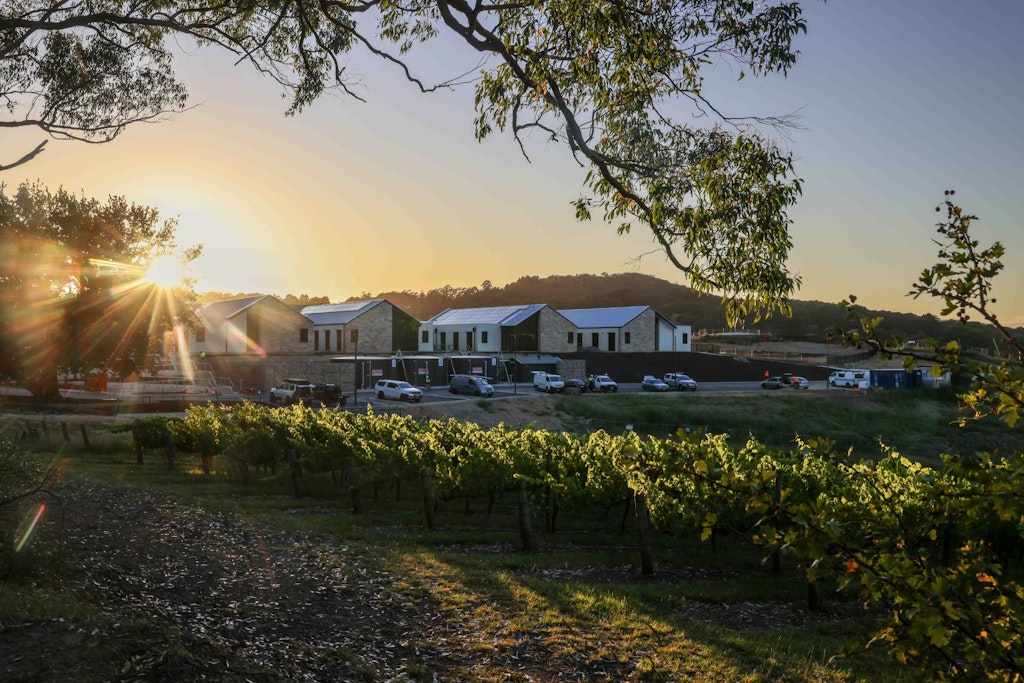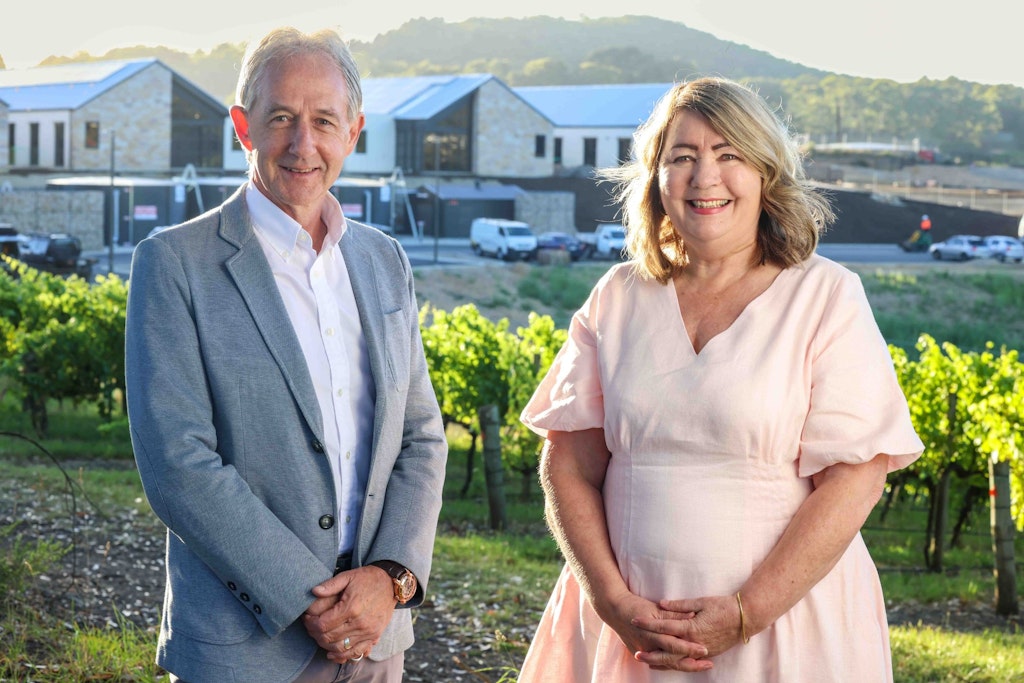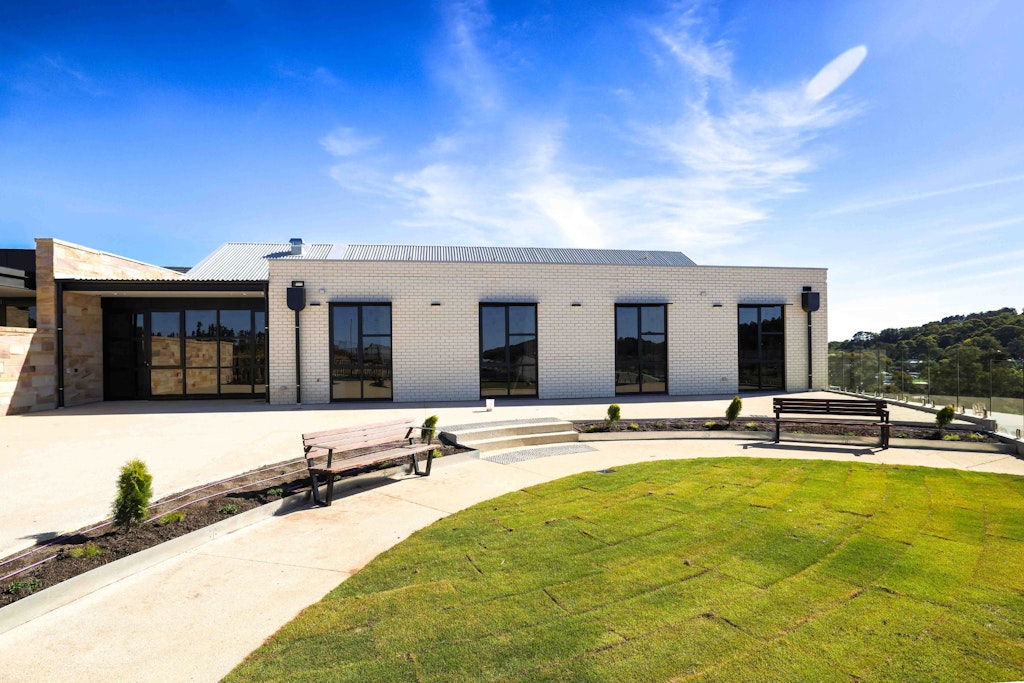How the Adelaide Hills became a backdrop for aged care growth and investment
Last updated on 27 February 2024

South Australian aged care provider Clayton Church Homes (CCH) has focused on establishing core relationships with residents and businesses within the Adelaide Hills community to help launch its newest residential aged care home.
Summerhill is a $28 million venture in Uraidla, a small town just a 15-minute drive from Adelaide. However, despite the close proximity to the city, the township – including neighbouring Summertown – is home to just a couple thousand residents.
Its size and distinct separation from larger towns creates a strong sense of community. CCH CEO Jo Boylan told hello leaders it wanted to build a residential care home that would be integrated and accessible to all. They have also partnered with local businesses, including local trades, a pharmacy and hotel/bakery, to help give residents more aged care options on their doorstep.
“Our strategy has been to integrate with the community right from the word go. We arranged our contract so the pharmacy in Uriadla now looks after our Woodside and Uraidla homes so it’s a sustainable partnership. We are also supported by the General Practitioner there so they have more clients,” Ms Boylan said.

“I’d say nearly 90% of our residents are local from the Hills area and they don’t want to relocate away from their families. It has allowed everyone to live in our home, access local produce, and support local businesses.
“Everyone is getting to know us and we’ve had over 80 applications to fill the 60-room home. We had no problems with staffing as people living in the Hills want to work locally,” she added.
With a healthy workforce featuring local and international talent, CCH has reduced its reliance on agency staff; they only have 3% agency use after peaking at 17% a year ago. Ms Boylan said this was due to their investment in positive diversity and positive psychology within the workplace to empower staff well-being while providing person-centred care.
The changing nature of aged care
Summerhill’s design is based on a small house positive ageing model, joining Australia’s contemporary aged care evolution. Ms Boylan said the sector, overall, is far better at reading and responding to what older people want from aged care with personalised and flexible care offerings.
Ms Boylan, who completed a Master’s in Public health with a focus on Healthy Ageing in Residential Care, said there is also a focus on reablement, independence and living better for longer, rather than in decline.
“The most dignified way we can age is to stay on our feet. People come to us because they’re not mobile or declining and we look at getting them back on their feet, getting them stronger. We’re trying to give people who come and live with us access to a gym, an exercise physiologist and personal trainers,” she said.
“A good portion of those people will go back to their homes and receive CCH home care support. Some will say “I love being supported and having this close access to the things that are going to make my life better’ and they will choose to remain in residential aged care. Overall our intention is to keep people living at home longer.”

This investment in reablement and independent living at home aligns with a 19% growth in the number of people accessing Home Care Packages (HCP) across Australia in 2023. Importantly, the focus is not just on providing a service but delivering long-term support that results in positive ageing.
Ms Boylan, who was involved in shaping the strengthened aged care quality standards, highlighted their person-centred focus as a clear example of this.
“You need good food and you need exercise as you get older; food is fuel and exercise keeps the muscles strong, helping to avoid falls. These are things that have come out very strongly in the new standards,” she said.
“The Government has listened and now it just needs to be in a real partnership with the sector because it’s going to take a paradigm shift for people to redesign and implement their models to support this. It’s quite a big change for some organisations.”
Progressive aged care providers have long spearheaded aged care’s transformation journey. However, it can be challenging to achieve this when legislation and policies don’t set a high standard as the minimum standard.
Hence why aged care reform was needed. It needed something more to support its push for improvement, according to Ms Boylan.
“The new standards coming through are beautiful standards. They are all about being in a partnership with consumers, transparency, resolving any issues and looking at the opportunity for continuous improvement,” she said.
“Aged care doesn’t get everything right but we are absolutely committed to continuous improvement and to find the best outcomes.”